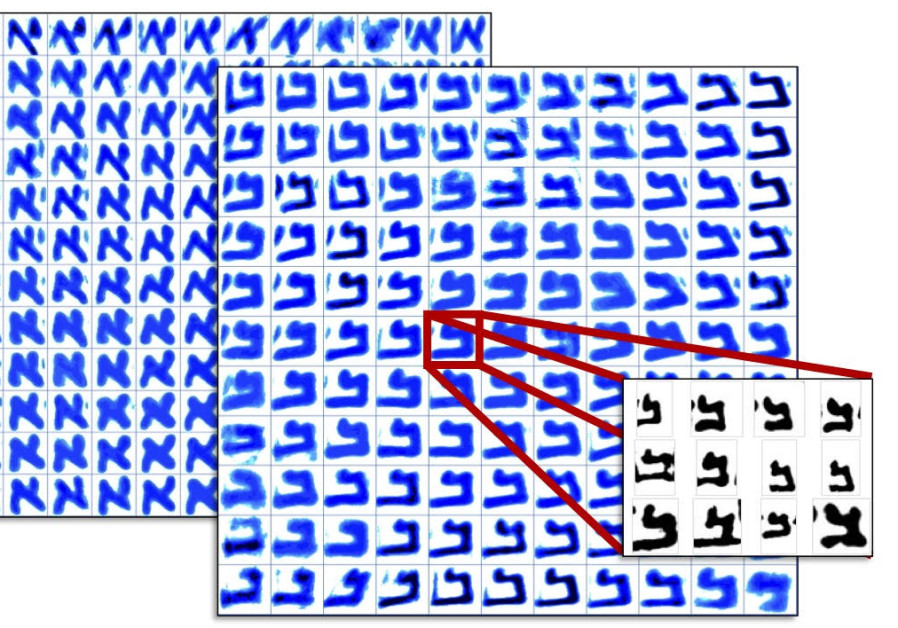Were generations of scribes training together some 2,000 years ago in the Judean desert? Were some of the manuscripts known as the Dead Sea Scrolls produced as a team effort by two or more scribes working side by side in Qumran? And how many authors are behind the corpus of artifacts whose unearthing is considered one of the most crucial archaeological discoveries of the 20th century?An artificial intelligence-based paleographic project carried out by scholars at the University of Groningen in the Netherlands hopes to find answers to many of these questions and to shed unprecedented light on the communities behind the text.
The Dead Sea Scrolls are a corpus of some 25,000 fragments unearthed in caves by the Dead Sea in the 1940s and 1950s. The artifacts include some of the most ancient manuscripts of the Bible, other religious texts that were not accepted in the canon as well as non-religious writings.Paleography is the discipline that studies ancient writing. In the case of the Dead Sea Scrolls, it has been crucial to extract information ranging from the dating of the manuscripts to whether fragments carrying parts of the same texts originally belonged to the same scroll or to different ones.


